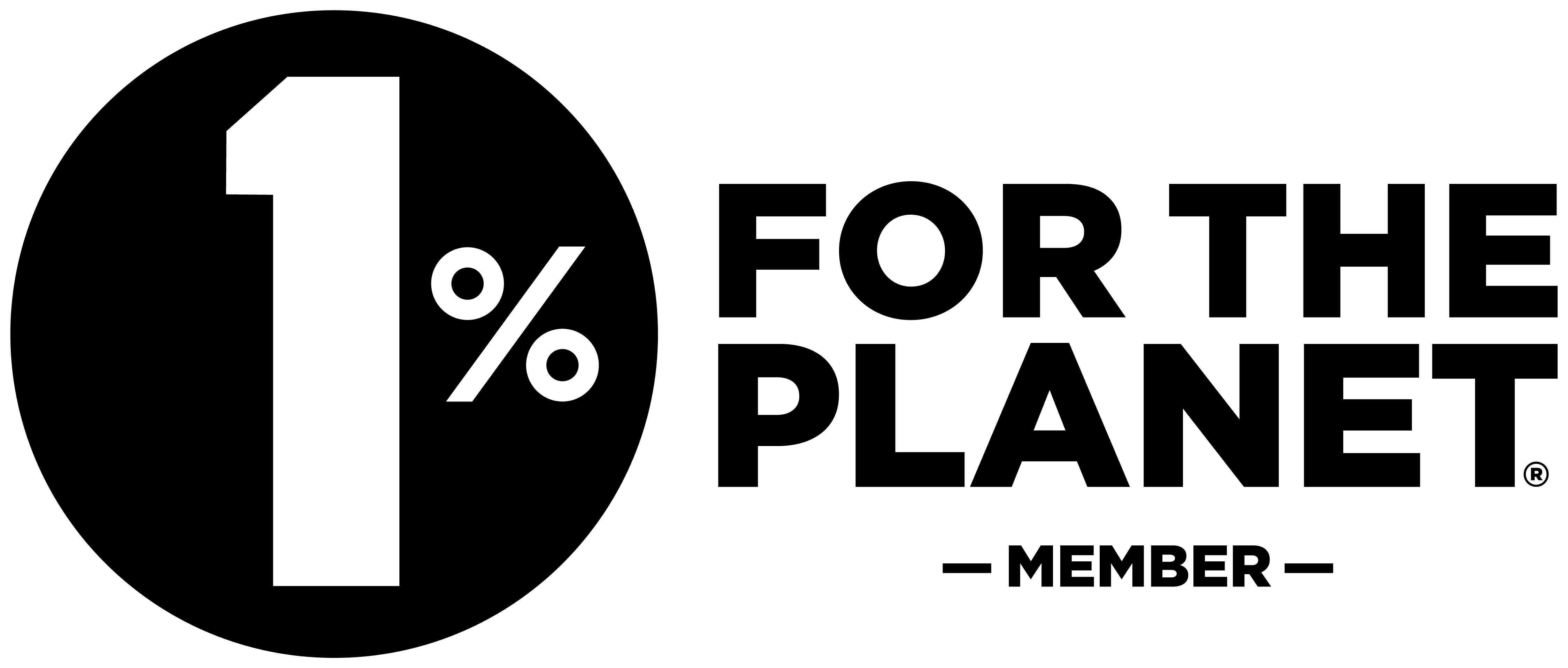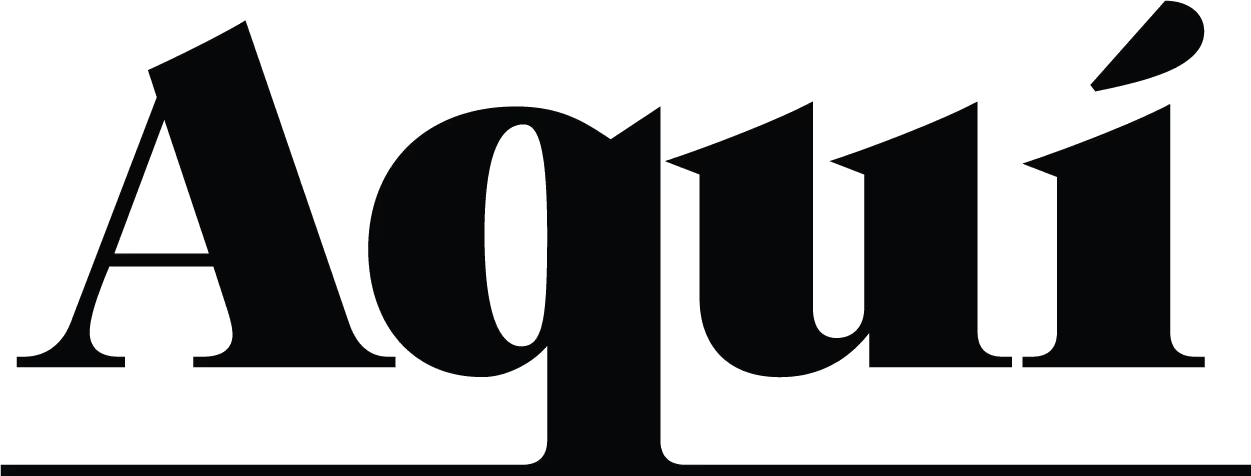Joe: Sharing Creative Advice
At Aquí, we take our cuppa Joe very seriously. Rest assured, because the same applies when it comes to design. As avid coffee drinkers, we often ask, “How do you like your coffee?” And as a creative boutique, we like to ask, “How do you like your design?” Joe is a blog segment where we - #TeamAquí - share our design inspirations.

Perfectionist tendencies are no strangers in the performance-driven society we live in. The need to come up with something “better” is a familiar narrative amongst creatives. Striving for perfection is not negative per se as it can sometimes be the pressure we need in order to improve. But more often than not, we let the ideals of achieving perfection get the best of us.
“Done is better than perfect” was an advice given by one of Aquí’s earliest clients to Maria. It is also an advice that speaks to Maria as perfectionism is something she struggles with as someone with a Type A personality. One example that she raised was about completing design projects in university. Back then, Maria often found herself absorbed in the initial stages of a design process, not being able to progress in time for the execution and submission.
“Wanting to polish your work is great, but you need to keep moving forward, especially when things are running on a timeline. Perfection is not real, so do your best work and celebrate it,” Maria expressed.
Running Aquí, Maria understands how holding irrational ideals for oneself while juggling multiple tasks can easily take a toll on someone. Just like how there are criteria for award-selection, there needs to be criteria that define the perfection or success we are striving for.

How many of you have started a creative project and given up on it halfway because you felt that it was not going to turn out “right”? Well, we feel you. Nella came across this piece of advice in the midst of a design manifesto research for a school assignment. It has since served as a constant reminder for her to always finish what she has started, focusing more on how to get there rather than the getting there itself.
For Nella, out of the 43 points that Canadian designer, Bruce Mau has written in his Incomplete Manifesto for Growth, “Process is more important than outcome,” was the one that spoke to her the most, and also one she took as advice. Nella does a lot of illustrations in her own time and she told us that the incomplete ones were those that she did not have the motivation to continue because they just did not seem to align with her vision. She understood the importance of discovering her own style through the process, but like all of us, she needed to be reminded of it from time to time.
“When the outcome drives the process we will only ever go to where we've already been. If process drives outcome we may not know where we’re going, but we will know we want to be there,” – Bruce Mau’s Incomplete Manifesto for Growth
Having an inspirational mood board is always a great starting point for every creative project. But viewing your mood board as an endpoint can very well limit your creative growth. We can all look at a piece of art and try to replicate it, but what differentiates you from others is your process. Your process is the story that will make the outcome and not the other way round.

Empathy is not just a stage in design thinking but a trait to be embedded throughout the process. How do we practice empathy in branding design and not let our creative ego get in the way? Evelyn is our graphic designer and “never design for yourself” is the advice that often comes to mind when she finds herself at a crossroads in her own creative process.
“Every designer has a personal preference for style. And sometimes, we have the tendency to let that preference lead our design,” Evelyn said.
In every creative specialisation, our knowledge and opinions are crucial for the work that we do. Yet at the same time, they can be very self-serving. We all have standards that we hold ourselves to, but holding tightly to these standards can easily translate into tone deafness towards the very people we are serving, especially in the creative industry. “In branding, we are always designing for the brand, and not ourselves,” said Evelyn.
When critiquing your own work, it is important to distinguish between your design principles and personal preferences. Design principles are led by rationales, while personal preferences are led by taste. We design to the principles of our own, but to the tastes of those we work with.

Are you someone who likes to tell yourself what you can or cannot do? Yu Ting, our project and content manager has the tendency to do that. Up until watching Casey Neistat’s Do What You Can’t, she had always told herself that she’s not suited to be in the creative industry because she took the road less travelled. Today, she is taking the advice and doing what she thought she couldn’t.
“You don’t have to listen to anyone because in this new world, no one knows anything.” – Casey Neistat
Neistat’s advice forces any creative who have been told “it won’t work” to challenge their boundaries and confront their doubts. To be constrained by presumptuous opinions as a creative can be agonizing. But as Wayne Gretzky said, “You miss 100% of the shots you don’t take.” Some opportunities are only discovered when you challenge the impossible, and some rules can be proven wrong when broken. But you will never find out if you don’t give it a shot.
As for those who experience the imposter syndrome, it is important to note that breaking out of your comfort zone will help you grow as a creative, putting your passion and abilities to the test. Another minute spent second-guessing yourself is another minute lost to improve.
You may also like












